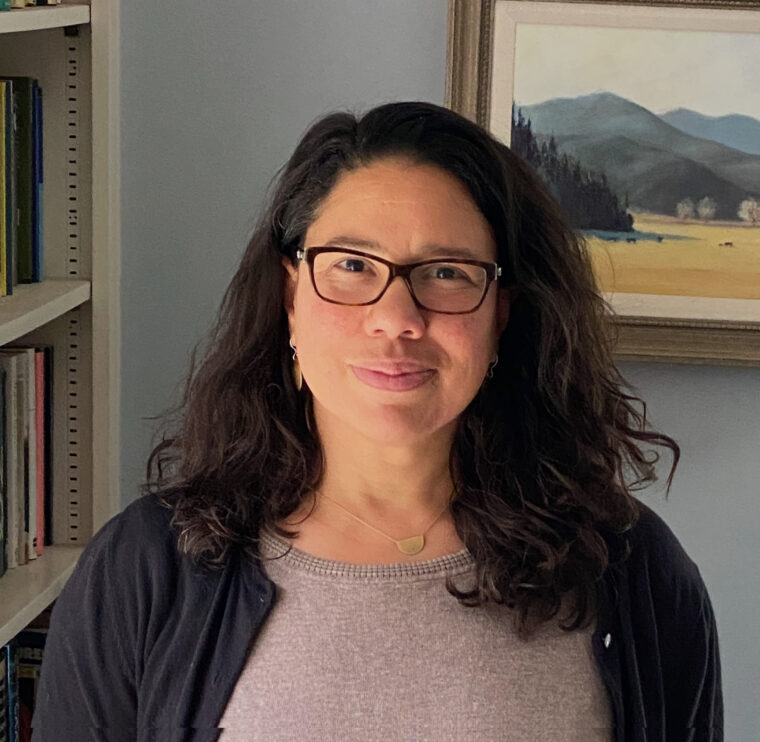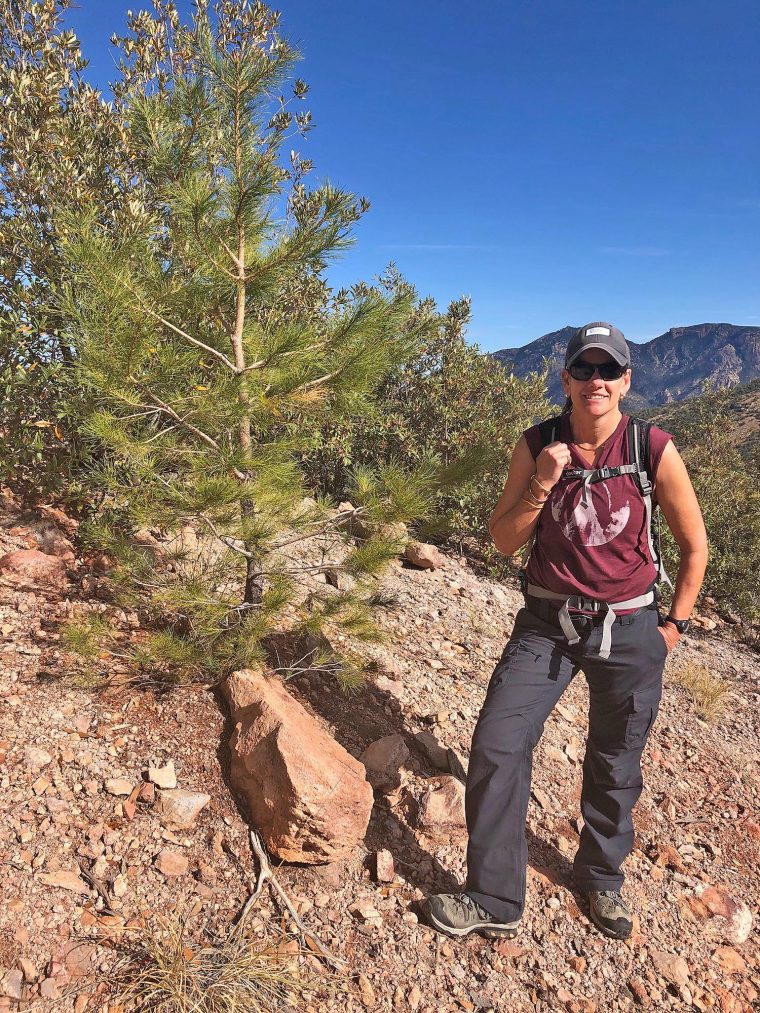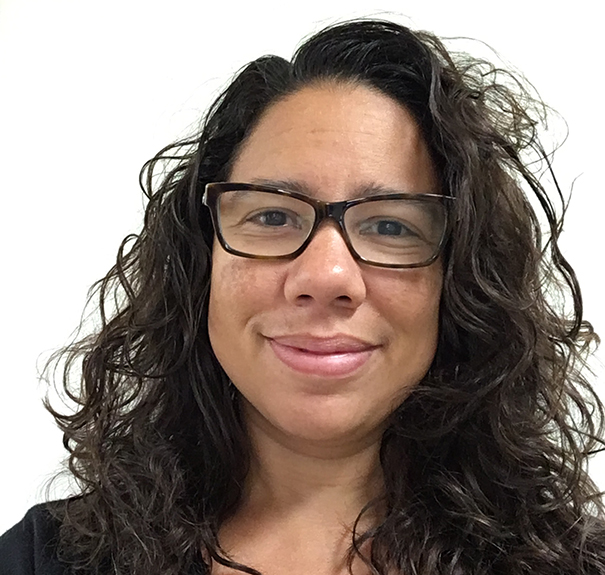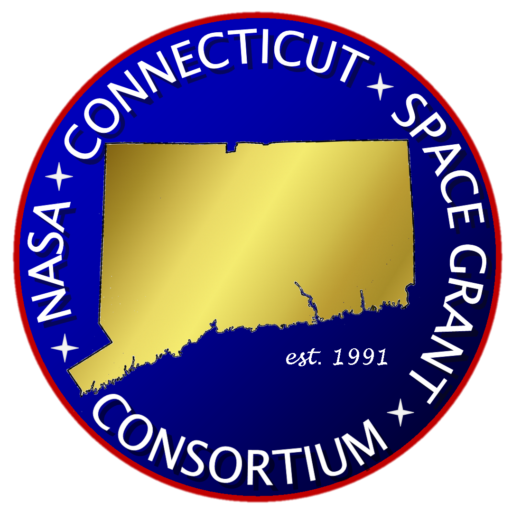Two proposed Venus mission concepts co-developed by planetary geologist Martha Gilmore were selected by NASA’s Discovery Program this week. The selected missions aim to understand how Venus became a scorching planet after it was potentially another habitable world in the solar system with an Earth-like climate. Gilmore, George I. Seney Professor of Geology, professor of earth and environmental sciences, is a co-investigator of both winning concepts. Each project will receive approximately $500 million per mission for development and is expected to launch in the 2028–2030 timeframe. The projects include VERITAS (Venus Emissivity, Radio Science, InSAR, Topography, and Spectroscopy) and DAVINCI+…
If a spacecraft were to quickly travel outside the solar system—potentially en route to a nearby exoplanetary system—it would need to pass through an atmosphere unfamiliar to scientists on Earth. As a recipient of a $415,000 grant from NASA, Seth Redfield, chair and associate professor of astronomy, hopes to learn more about the mysterious makeup of this "outer space." "There are several very early designs for an interstellar probe, but first, we need to understand the properties of the space in between the stars if you are traveling through it, especially at high speed," Redfield said. "Given the vastness of…
Wildfires can transform forest ecosystems to varying degrees, depending on fire severity. While low-severity wildfires change plant community composition by killing short-statured trees and understory plants, high-severity fires result in top kill of above-ground vegetation. This variation in wildfire effects can have major impacts on post-fire vegetation composition and water stress. Helen Poulos, adjunct assistant professor of environmental studies, received a $300,000 grant from NASA on Dec. 5 to examine how forests can permanently change in response to high-severity wildfire in southeastern Arizona. (more…)
Martha Gilmore, the George I. Seney Professor of Geology, professor of earth and environmental sciences, believes we have a lot to learn from studying Venus—yet the United States has not sent a mission to the Earth-sized planet since the early 1990s. That’s why Gilmore has proposed a major flagship mission concept study to assess whether Venus was ever a habitable planet by looking at its rocks and atmosphere. In October, NASA agreed to fund the planetary mission concept on Venus submitted by Gilmore, a planetary geologist, and colleagues at several other institutions, who come from varied disciplines. Gilmore, who is…
Three undergraduates and one graduate student received NASA Connecticut Space Grant Awards from the NASA Connecticut Space Grant Consortium (CTSGC). The CTSGC is a federally mandated grant, internship, and scholarship program that aims to inspire the pursuit of careers in science, technology, engineering, and mathematics. Astronomy and math major Nicole Zalewski '20 received a $5,000 undergraduate research fellowship to pursue her study on “Measurement of the Radar Properties of the Oldest Rocks on Venus to Constrain Mineralogy." Her advisor is Martha Gilmore, the George I. Seney Professor of Geology, professor of earth and environmental sciences, co-coordinator of planetary science, and…
Several Wesleyan students and faculty were recently awarded grants for research by NASA's Connecticut Space Grant Program. Seth Redfield, associate professor of astronomy and campus director of NASA's CT Space Grant Consortium, was excited about the number of winners. "I was thrilled to see how successful Wesleyan was this year in getting grants through NASA's CT Space Grant program," wrote Redfield. "It demonstrates the diversity and quality of work we do that is aligned with NASA’s mission." "The grants this year support undergraduate, graduate, and faculty research, as well as special events organized by faculty at Wesleyan to promote exposure and…
Seth Redfield had to cut short his first Astronomy 224 class of the 2012 spring semester, but he had a good excuse: he was presenting at an international press conference being held by NASA on one of its recent missions. Redfield, an assistant professor of astronomy, was chosen by NASA to be a non-mission expert to help verify results from the space agency’s ongoing IBEX (Interstellar Boundary Explorer) mission, an unmanned probe that analyzes the interstellar boundary that protects much of our solar system, including the Earth, from deadly cosmic rays from interstellar space. One of Redfield’s primary areas…
Sarah Kopac, a Ph.D student in Professor of Biology Fred Cohan’s lab, has won a $20,000 NASA grant for research on ecological aspects of bacterial evolution in Death Valley National Park. The grant, announced Jan. 11 by the Connecticut Space Grant College Consortium, will support Kopac’s study of Bacillus subtilis, a bacterium commonly found in soils that can endure extreme conditions, such as high heat levels. Kopac, a third-year Ph.D candidate, is focused on identifying bacterial species that evolved within a gradient of salty soils – part of a broader effort to understand how ecological factors influence the spawning of…
In some models of origins of life, hot springs are considered to be one of the first environments inhabited by life. During the 2010-11 academic year, biology BA/MA student Jane Wiedenbeck '10 will use a NASA-funded Graduate Fellowship to study the evolution of certain microorganisms to discern how life may have originated and evolved under extreme conditions. Wiedenbeck, who applied for the fellowship during the fall 2009 semester, received a $20,000 award from the Connecticut Space Grant College Consortium. The Consortium is a member of the NASA-funded national Space Grant College and Fellowship Program, and serves to promote and support…






